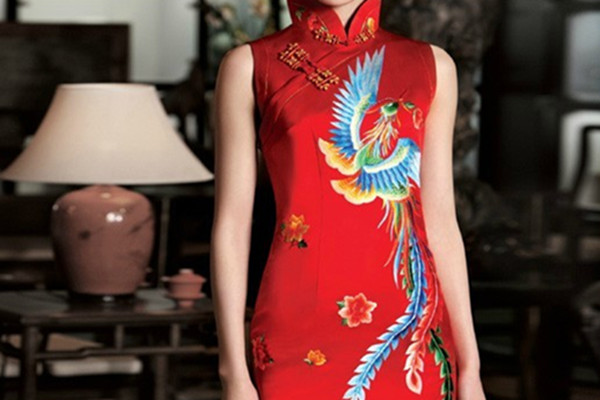The Cheongsam (also known as Qipao or Chipao), is a traditional Chinese close-fitting dress for women. Originating from a type of Manchurian female garment, it quickly developed, becoming very popular from 1912 to 1949. Its main characteristics are a mandarin collar, fitted waist, Chinese knotted buttons, hemmed slits on two sides, and a tailored form fit. It is usually made from satin brocade, silk, or cotton. Some are even beautifully embroidered.

The original Manchurian garment was loose and wide, covering most of the woman’s body with only the head, hands and toes revealed. With time, the style of the Cheongsam began to change to more closely fit people’s bodies. The 1820s~1830s was the golden time for its development and it was during this time that the Cheongsam occupied an irreplaceable position in ladies fashion. More western elements began to be added to Chinese clothes. The hem became shorter, the collar became smaller and it began to follow the woman’s figure. The short hem and small collar style gradually formed during this time and has changed little since.
During its development, two different styles came into being, the Shanghai style and the Beijing style. The Shanghai style, absorbing western elements, focuses on diverse styles and reveals the wearer’s figure, while the Beijing style focuses on the traditional pattern with colorful decorations. The Beijing’s focuses on displaying the beauty of the Cheongsam instead of the people wearing it. Of the two kinds, Shanghai leads the fashion trends.
Source: travelchinaguide.com



